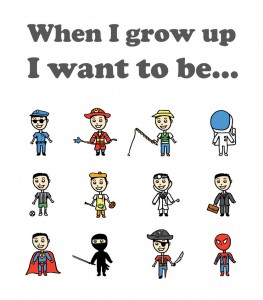 What do you want to be when you grow up? This was a “go-to” question I remember having been asked countless times as a child. My career ambitions ranged from food services to veterinary medicine and (luckily) education. Looking back, my prospective career choices were influenced by my exposure to television shows, toys I played with, important people in my life and personal experiences. After I graduated from high school there seemed to be a finite number of choices available to me and, fortunately, choosing to become an educator was a fairly straight forward decision for me. In contrast, my sister made several different educational changes before choosing a career that she felt fulfilled by.
What do you want to be when you grow up? This was a “go-to” question I remember having been asked countless times as a child. My career ambitions ranged from food services to veterinary medicine and (luckily) education. Looking back, my prospective career choices were influenced by my exposure to television shows, toys I played with, important people in my life and personal experiences. After I graduated from high school there seemed to be a finite number of choices available to me and, fortunately, choosing to become an educator was a fairly straight forward decision for me. In contrast, my sister made several different educational changes before choosing a career that she felt fulfilled by.
As an adult I find myself asking the very same question to students, often curious about their goals, ambitions and influences. Some students answer this question excitedly with limitless aspirations for the future; others divulge that they are not sure what they want to do when they grow up. I am left wondering how both the decisive and the less certain students can be supported in making successful transitions to reach their postsecondary destinations—recognizing that all students can achieve success in many forms and through many different routes.
The challenges and opportunities presented to students of the 21st century are unlike those of any previous generation (Creating Pathways, p. 6) so it is imperative that students have the knowledge and skills they need to make informed education and career/life choices.
Creating Pathways to Success (2013), a document developed by the Ministry of Education to respond to the realities of a complex, rapidly changing world, recognizes that career planning is a lifelong process. The document was developed to support students in their career choices. It provides opportunities for learning both in and outside the classroom and engages parents and the broader community in the development, implementation, and evaluation of the program to support students in their~learning.
Effective September 2014 students from FDK to grade 12 are engaging in education and career/life planning using a four step cyclical inquiry process that will continue throughout their time at school:
- Knowing Yourself – Who am I?
- Exploring Opportunities – What are my opportunities?
- Making Decisions and Setting Goals – Who do I want to become?
- Achieving Goals and Making Transitions – What is my plan for achieving my goals?
Students from FDK to grade 6 will be encouraged to document what they are discovering about themselves and their opportunities in and outside of school in a portfolio called “All About Me.” In grades 7 to 12 students will build on the learning from their portfolio as they develop an Individual Pathway Plan (IPP) which focuses on making a successful transition to secondary school and their initial postsecondary destination. My own children are currently in the process of managing their own IPPs; it has been a fascinating journey watching them explore the pros, cons and requirements of potential career paths.
Where are parents in this picture? Parents play a critical role in student achievement and success. Most students view parents as their primary source of career planning (King et al., 2009 in Creating Pathways, 2013 p. 38). As such, parents will have opportunities to review and observe student evidence of learning within the portfolio. In addition, we have a parent representative on our school-based committee for Creating Pathways.
I encourage you to have conversations that explore who your children are, what opportunities are available to them and what they want to become. For more information on the Creating Pathways document click the image below.

|| click image to read the entire document ||
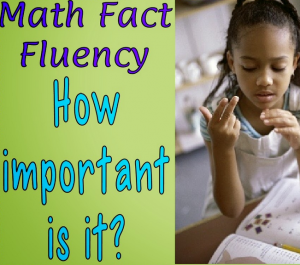 Recently I read a thought provoking article by Jo Boaler on math fluency. Jo shares that people with true number sense are able to use numbers in different ways and situations – number flexibility. For example, when asked to solve 7 x 8 they might know that 7×7 is 49 and then add 7 to make 56 or, if asked to solve the problem 19 + 7, they could change the problem into 20 +6. Jo shares that having number sense includes learning math facts ALONG with a deep understanding of how numbers relate to one another. By emphasizing memorization as a key strategy, students are far less likely to think about numbers and numerical relationships (Boaler, 2009). True mathematics requires students to be flexible with numbers when solving problems. To reinforce this, Ms Boler indicates that some of the highest achievers in mathematics are those who can see the big ideas in math and make connections between ideas. Rather than memorizing numbers, students make sense of numbers.
Recently I read a thought provoking article by Jo Boaler on math fluency. Jo shares that people with true number sense are able to use numbers in different ways and situations – number flexibility. For example, when asked to solve 7 x 8 they might know that 7×7 is 49 and then add 7 to make 56 or, if asked to solve the problem 19 + 7, they could change the problem into 20 +6. Jo shares that having number sense includes learning math facts ALONG with a deep understanding of how numbers relate to one another. By emphasizing memorization as a key strategy, students are far less likely to think about numbers and numerical relationships (Boaler, 2009). True mathematics requires students to be flexible with numbers when solving problems. To reinforce this, Ms Boler indicates that some of the highest achievers in mathematics are those who can see the big ideas in math and make connections between ideas. Rather than memorizing numbers, students make sense of numbers.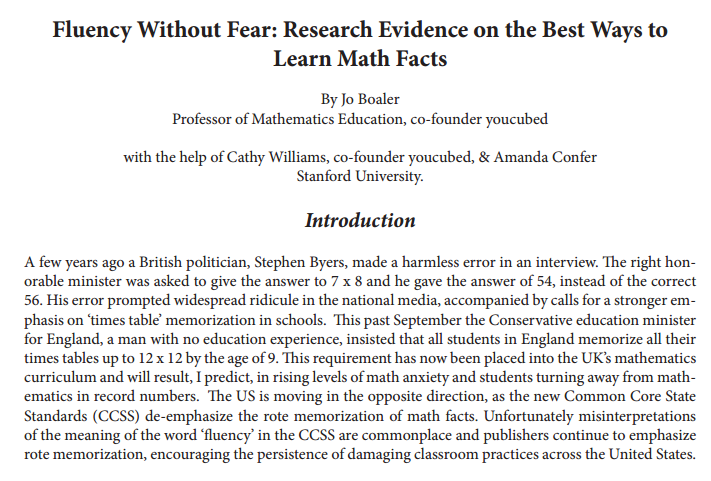
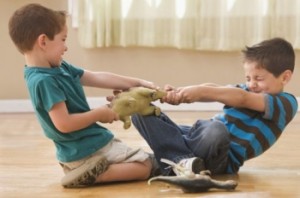 When my children were very young it seemed natural to model the skills necessary for them to have healthy relationships. Things like, explaining hurt feelings, encouraging active play, asking them about their day, reinforcing positives through the day (e.g. “That was nice sharing!”) and being there when they needed me seemed like second nature.
When my children were very young it seemed natural to model the skills necessary for them to have healthy relationships. Things like, explaining hurt feelings, encouraging active play, asking them about their day, reinforcing positives through the day (e.g. “That was nice sharing!”) and being there when they needed me seemed like second nature.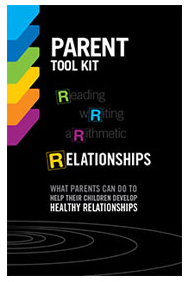 Relationships.” Although most of what I read about mentoring children was familiar, the following tips resonated with me, both as a mother and educator, and I wanted to share them with you today:
Relationships.” Although most of what I read about mentoring children was familiar, the following tips resonated with me, both as a mother and educator, and I wanted to share them with you today: Earlier this year I shared with you the three expectations that students at Emily Stowe Public School are expected to follow throughout the year:
Earlier this year I shared with you the three expectations that students at Emily Stowe Public School are expected to follow throughout the year: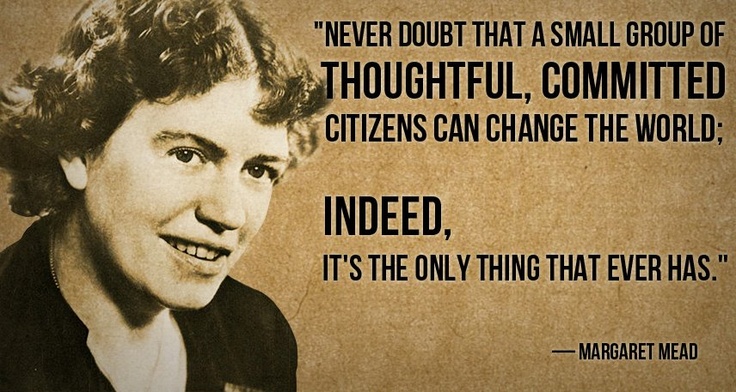

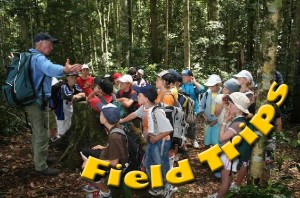 At school, well thought out year-end field trips (or any field trips throughout the year) can provide rich applications to the Ontario curriculum. They can be opportunities to ignite curiosity, build connections to current learning or reinforce past learning in the classroom. Beyond the academic component, field trips may also provide a chance for team building and provide a final farewell celebration with a ‘classroom family’ that has emerged over the last 10 months.
At school, well thought out year-end field trips (or any field trips throughout the year) can provide rich applications to the Ontario curriculum. They can be opportunities to ignite curiosity, build connections to current learning or reinforce past learning in the classroom. Beyond the academic component, field trips may also provide a chance for team building and provide a final farewell celebration with a ‘classroom family’ that has emerged over the last 10 months.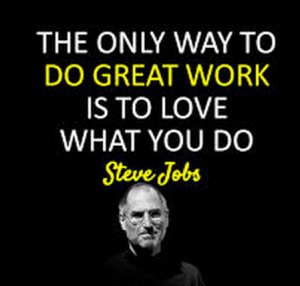 I recently read a blog entitled “What’s Your Job.” The blog made me to reflect on my job as an educator. Steve Jobs said it well, ““The only way to do great work is to love what you do.” Teaching is the career that I have chosen because I love what I do. I genuinely want to make a difference in the lives of the students that I work with. I want Emily Stowe to be a place that everyone wants to be on a daily basis.
I recently read a blog entitled “What’s Your Job.” The blog made me to reflect on my job as an educator. Steve Jobs said it well, ““The only way to do great work is to love what you do.” Teaching is the career that I have chosen because I love what I do. I genuinely want to make a difference in the lives of the students that I work with. I want Emily Stowe to be a place that everyone wants to be on a daily basis.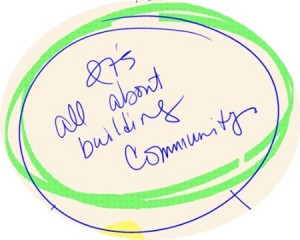 It is Sunday afternoon and I am feeling a little tired. I am most definitely not saying this to lament. This is not the tired you feel on a rainy afternoon or a long work week, but rather the kind of euphoric fatigue you might feel after a great workout or being the guest at a surprise party. I am left with a sense of contentment and happiness because of the spirit of community that I have witness over the past week.
It is Sunday afternoon and I am feeling a little tired. I am most definitely not saying this to lament. This is not the tired you feel on a rainy afternoon or a long work week, but rather the kind of euphoric fatigue you might feel after a great workout or being the guest at a surprise party. I am left with a sense of contentment and happiness because of the spirit of community that I have witness over the past week.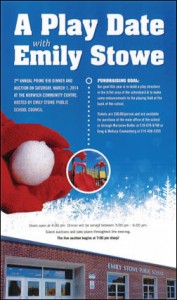
 In this post I would like to move beyond the 3 R’s and share with you some of the recent amazing acts that have been taking place in our building. Character education is an integral part of our school culture. It helps to form the foundation of responsible citizenship. Over the month of December the theme of giving has permeated all we do at Emily Stowe P.S.
In this post I would like to move beyond the 3 R’s and share with you some of the recent amazing acts that have been taking place in our building. Character education is an integral part of our school culture. It helps to form the foundation of responsible citizenship. Over the month of December the theme of giving has permeated all we do at Emily Stowe P.S.  staff members…giving at its finest!
staff members…giving at its finest! In the hustle and bustle of this busy season I am certain that the idea of reconnecting is not exclusive to my family. As my children develop into teenagers I find that it is more important than ever to try to set aside time to listen to what is going on in their lives. “Nothing,” is the typical response I hear when I ask them about their days at school. Being an educator I a
In the hustle and bustle of this busy season I am certain that the idea of reconnecting is not exclusive to my family. As my children develop into teenagers I find that it is more important than ever to try to set aside time to listen to what is going on in their lives. “Nothing,” is the typical response I hear when I ask them about their days at school. Being an educator I a